- Have any questions?
- +86-189 8930 5995
- sales@mosinterchem.com.cn
Sodium Hydrosulphite CAS 7775-14-6

Monocalcium Phosphate CAS 7758-23-8
19/12/2018
Monopotassium Phosphate CAS 7778-77-0
19/12/2018| Model: | MOS7775-14-6 |
| Brand Name: | MOSINTER |
| CAS No.: | 7775-14-6 |
| Melting point: | 300 °C |
| Boiling point: | 1390°C |
| Storage condition: | Store at RT. |
| Density: | 2.13 |
| Solubility: | 250 g/L (20°C) |
| Soluble: | 250 g/L (20 ºC) |
| Sensiility: | Moisture Sensitive |
Sodium Hydrosulphite (CAS: 7775-14-6)
| Item | Index |
| Appearance | White or light yellow crystalline powder-like sand |
| Molecular Formula | Na2S2O4 |
| Molecular Weight | 174.11 |
| Melting point (οC) | > 300 (decomposition) |
| Ignition temperature(οC) | 250 |
Sodium dithionite (also known as sodium hydrosulfite) is a white crystalline powder with a weak
sulfurous odor. It is the sodium salt of dithionous acid. Although it is stable under most conditions,
it will decompose in hot water and in acid solutions. It can be obtained from sodium bisulfite by the
following reaction:
2 NaHSO3 + Zn → Na2S2O4 + Zn(OH)2
Applications
Industry
This compound is a water-soluble salt, and can be used as a reducing agent in aqueous solutions. It is
used as such in some industrial dyeing processes, where an otherwise water-insoluble dye can be reduced
into a water-soluble alkali metal salt. The reduction properties of sodium dithionite also eliminate excess dye, residual
oxide, and unintended pigments, thereby improving overall colour quality. Reaction with formaldehyde produces
Rongalite, which is used as ableach, in, for instance, paper pulp, cotton, wool, Leather, Chrome Tanning agent and kaolin clay.
Na2S2O4 + 2 CH2O → 2 HOCH2SO−2 + 2 Na+
Sodium dithionite can also be used for water treatment, gas purification, cleaning, and stripping. It can also be used in
industrial processes as a sulfonating agent or a sodium ion source. In addition to the textile industry, this compound is
used in industries concerned with leather, foods, polymers, photography, and many others. Its wide use is attributable to
its low toxicity LD50 at 5 g/kg, and hence its wide range of applications. It is also used as decolourising agent in organic
reactions.
Biological sciences
Sodium dithionite is often used in physiology experiments as a means of lowering solutions’ redox potential (Eo’ -0.66 V
vs NHE at pH 7). Potassium ferricyanide is usually used as an oxidizing chemical in such experiments (Eo’ ~ 436 mV at
pH 7). In addition, sodium dithionite is often used in soil chemistry experiments to determine the amount of iron that is
not incorporated in primary silicate minerals. Hence, iron extracted by sodium dithionite is also referred to as “free iron.”
The strong affinity of the dithionite ion for bi- and trivalent metal cations (M2+, M3+) allows it to enhance the solubility
of iron, and therefore dithionite is a useful chelating agent.
Geosciences
Sodium dithionite has been used in chemical Enhanced Oil Recovery to stabilize polyacrylamide polymers against radical
degradation in the presence of iron. It has also been used in environmental applications to propagate a low Eh front in the
subsurface in order to reduce pollutants such as chromium.
Photography
It can be used as a developer, but it is a very uncommon choice. It is prone to reduce film speed and, if improperly used,
quickly fogs the image.
You must be logged in to post a review.

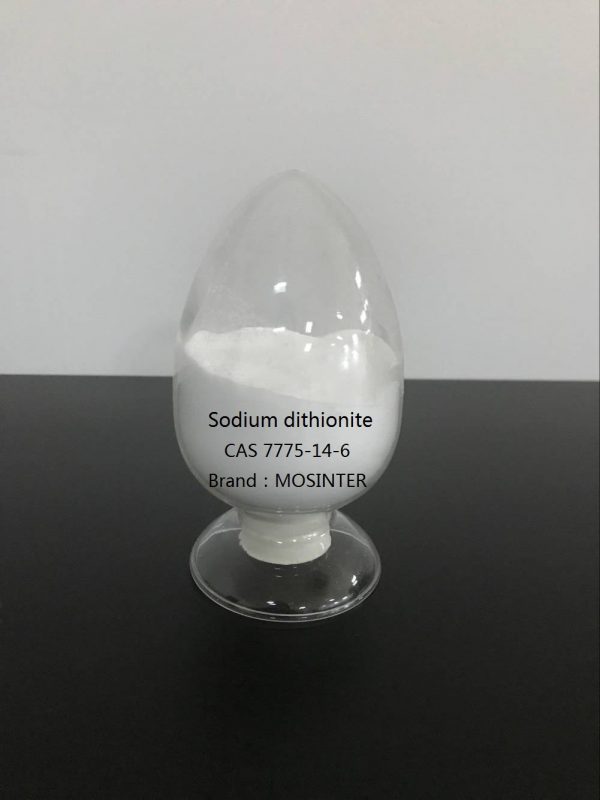
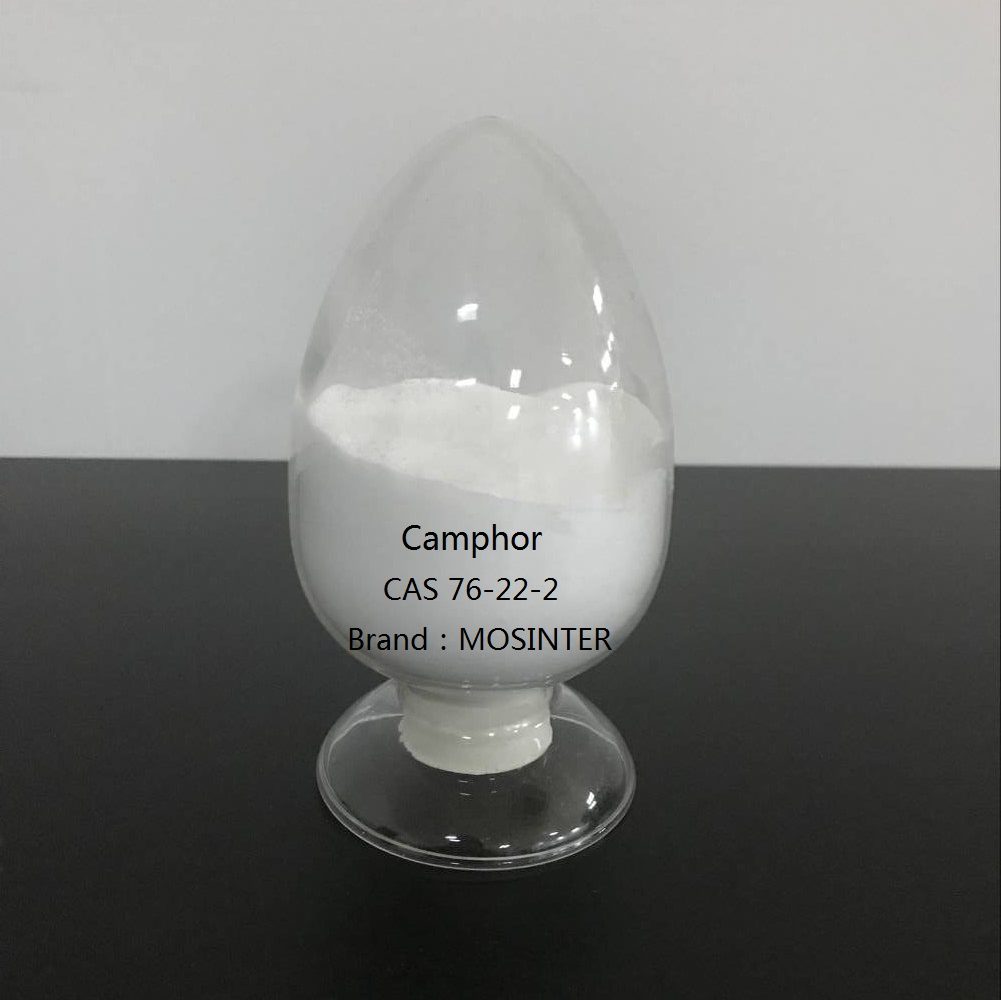
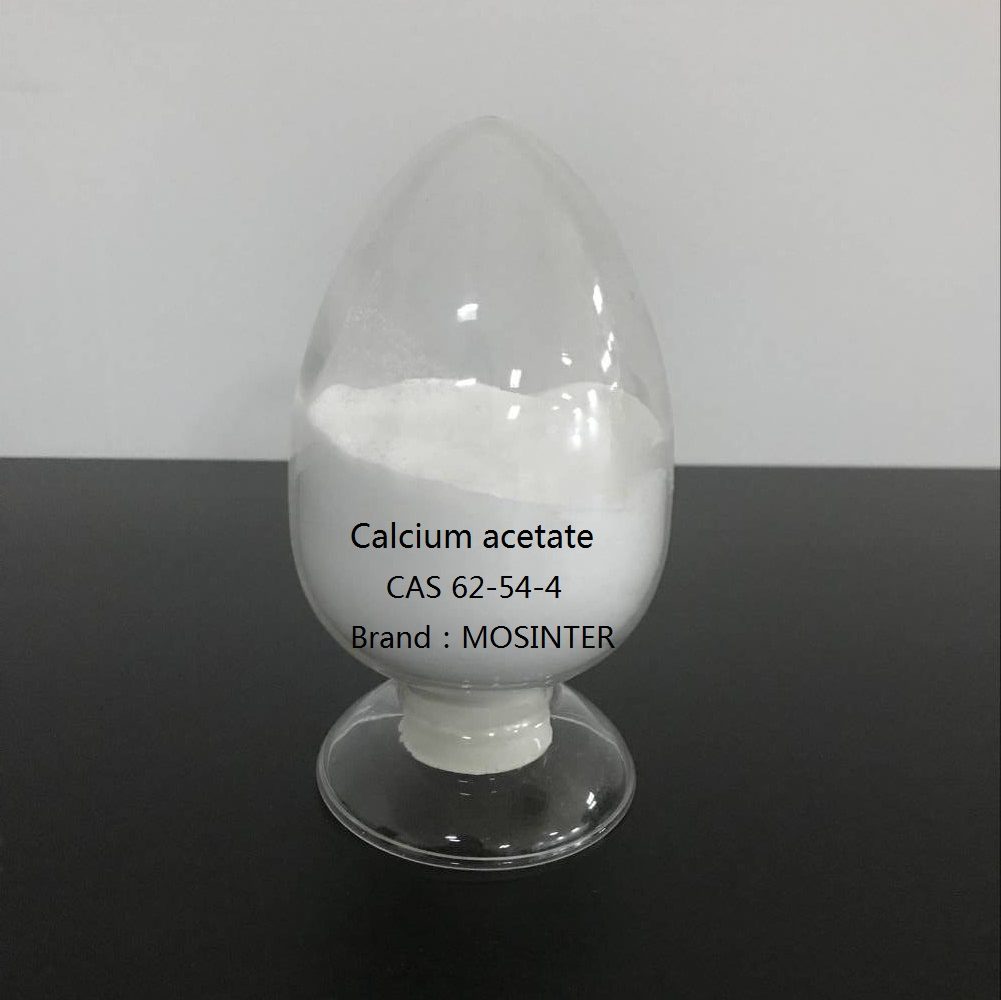
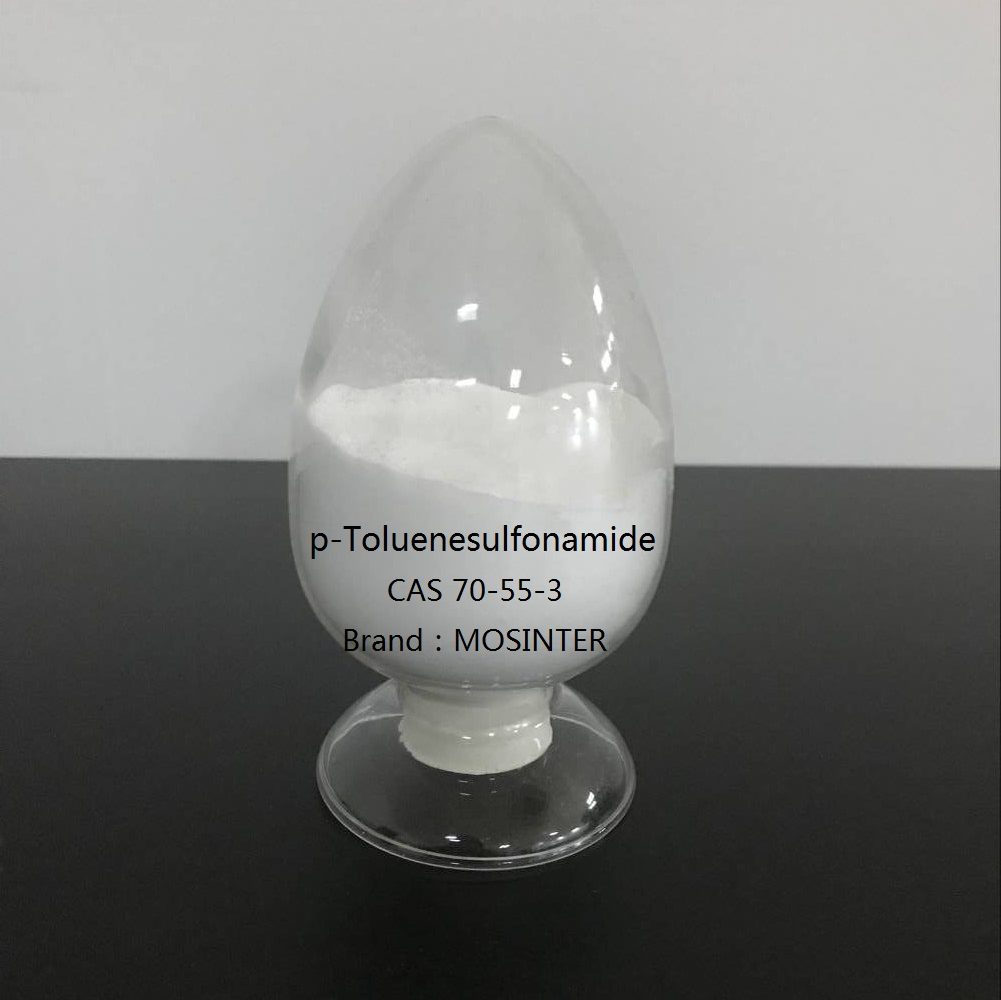
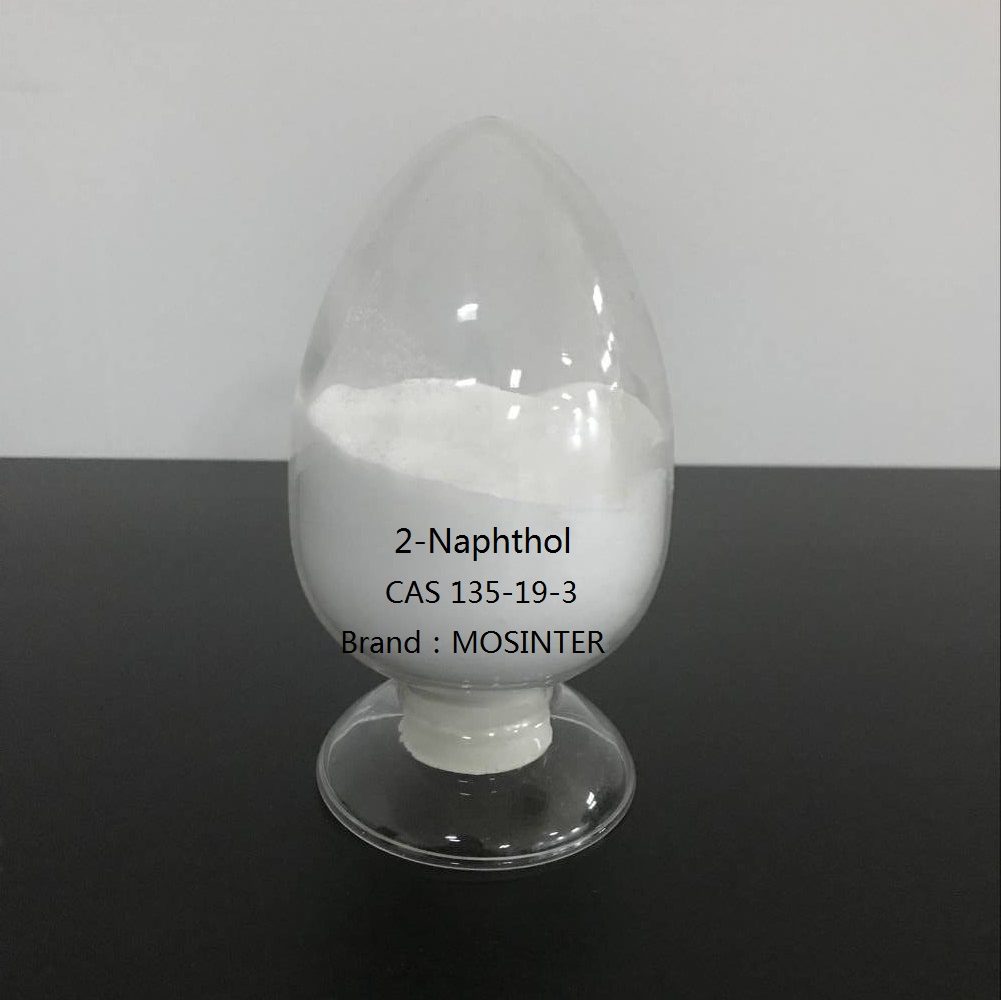
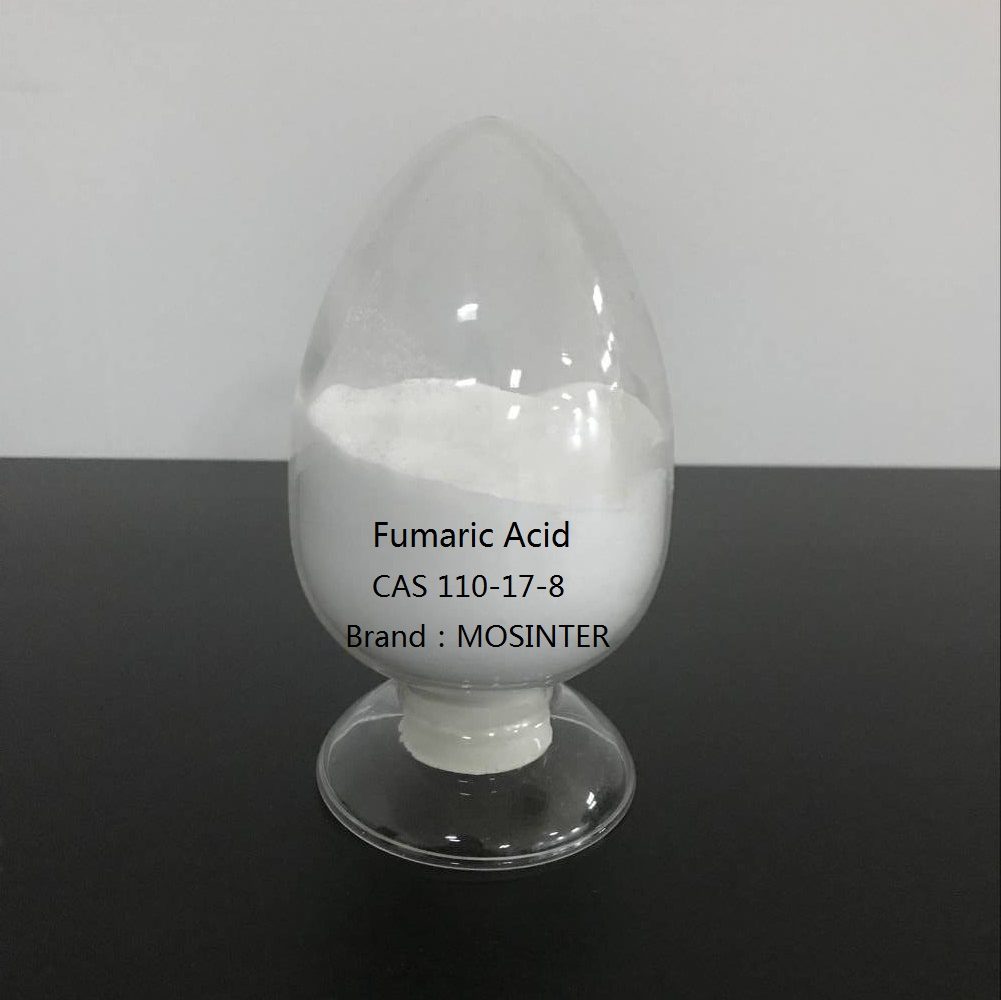
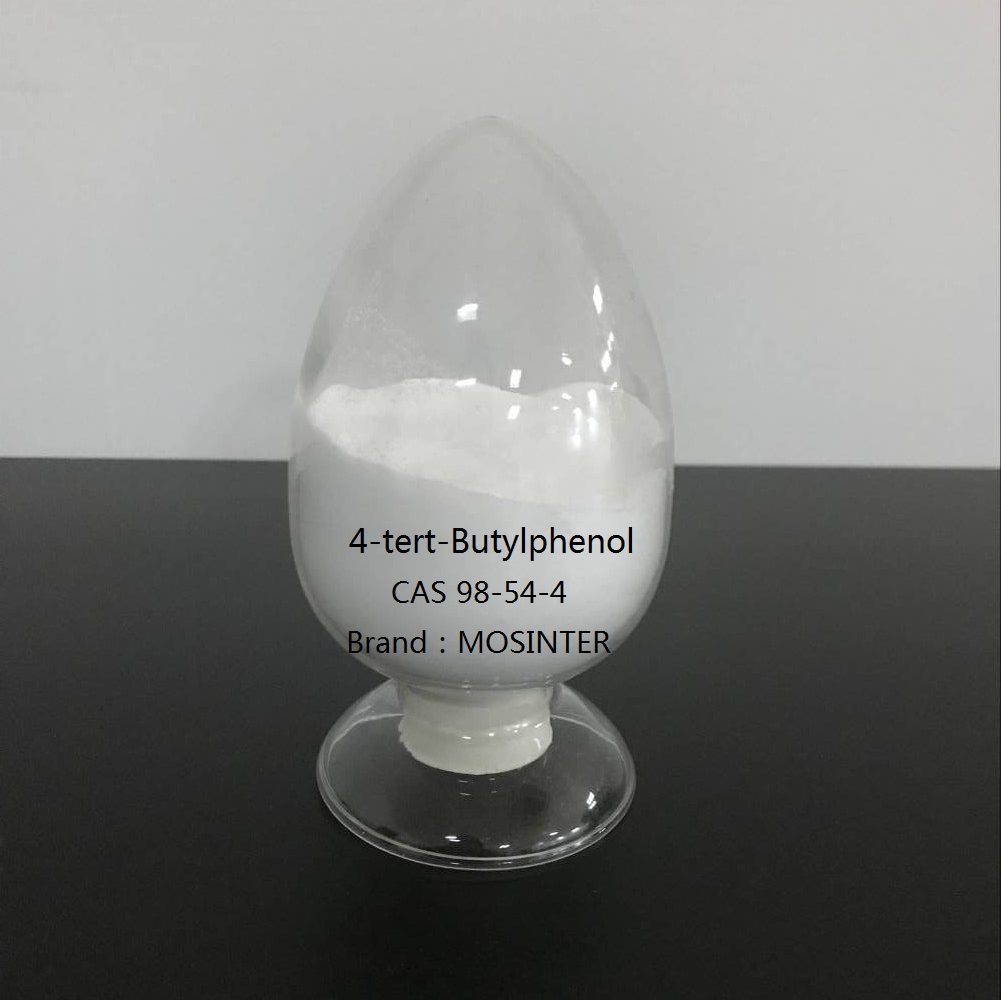
Reviews
There are no reviews yet.